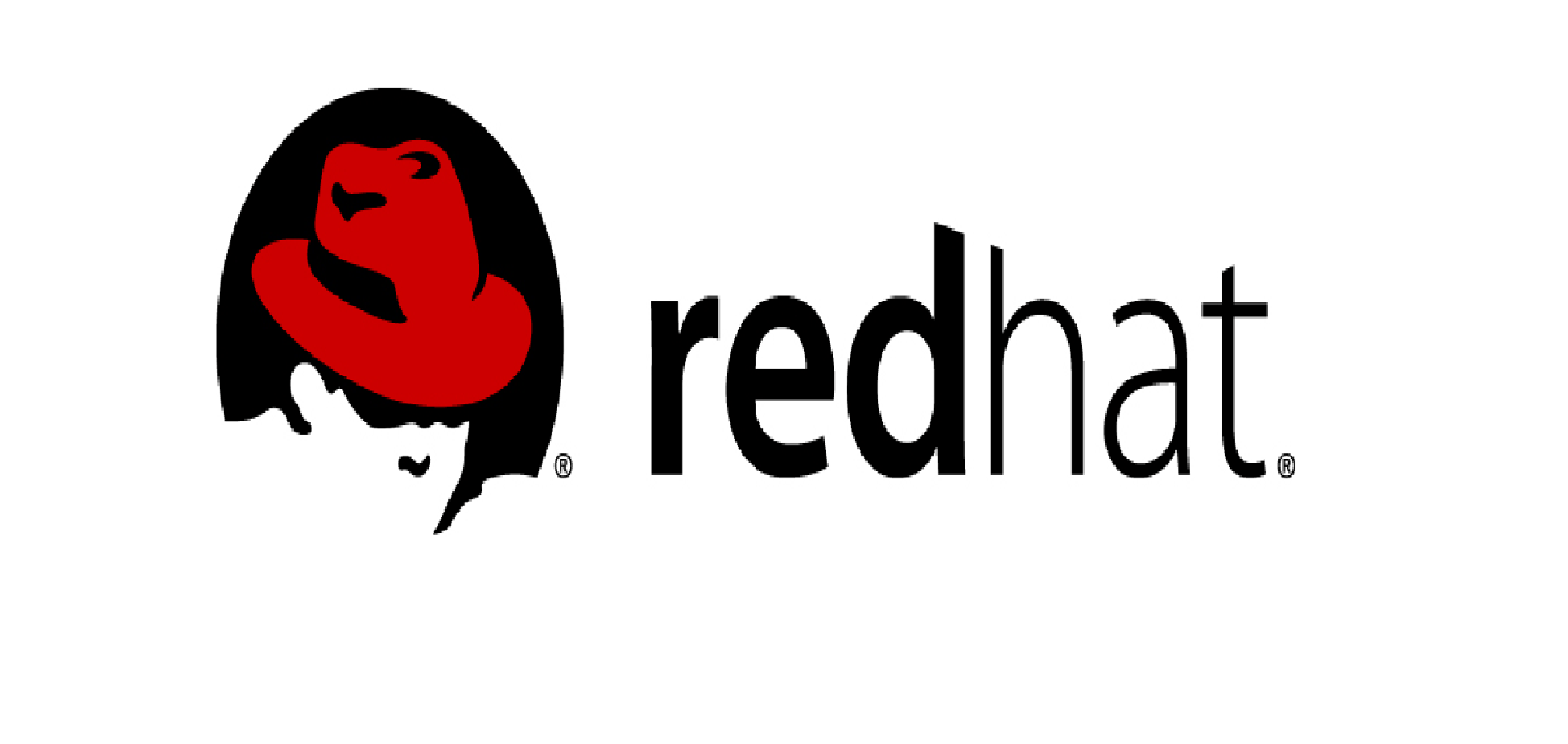TORONTO – When you think of Red Hat, Inc.; the first thing that comes to mind is Linux or Open Source.
But the company that was established back in 1994 by Canadian Bob Young and American Marc Ewing has transformed itself into a cloud computing vendor.
“No one knows about our new cloud portfolio. People think of us as just Linux,” said Ashesh Badani, the general manager of cloud BU & OpenShift PaaS at Red Hat.
After 20 years of Linux, the company based in Raleigh, N.C., in the last 18 months has acquired FuseSource, PolyMita and ManageIQ. In 2011, the company made a major acquisition of Gluster for software defined storage. All this effort resulted in Red Hat becoming the top contributor for OpenStack in building their own private cloud.
The ManageIQ deal lead to the development of CloudForm, which helped Red Hat realize Platform-as-a-Service (PaaS) offering called OpenShift for the commercial enterprise space.
“We now provide an alternative to Amazon Web Services. That is one of the big messages we are saying. If you knew us for Linux or middleware, we now have more opportunities for your customers to build out their own cloud in a hybrid, private or public way,” Badani said.
Currently Red Hat has 60 per cent of its revenue flowing through the channel. Badani told CDN that the company wants to increase that number because it cannot scale through its direct business.
“We are making sure partners understand the journey that we are on. We are trying to turn on the volume with these new technologies. The rate of change is incredible and if you are a partner there is a new need for agility and you should want to partner with companies who invest in these new tenancies,” Badani said.
Bradley Brodkin, the president of CDN Top 100 solution provider HighVail Systems of Toronto sees two business opportunities with Red Hat: pure reselling of cloud services such as OpenShift and building data centre infrastructure.
“The greatest thing about Red Hat for us is its subscription model. The old model of licenses and support is one of cost. The subscription fee eliminates that surprise billing. With Red Hat’s fixed model it allows us to set up a relationship once because it’s locked in for three years. So long as we continue to bring value to the customer we will have that customer for the long term. With Red Hat I no longer am concerned about competitors,” Brodkin said.
Badani said that with Red Hat for every subscription dollar spent the customer saves $3 off the license/maintenance system.
According to Badani, there are many opportunities for channel partners to realize revenue from Red Hat. They are:
- Straight up resale to accounts;
- JBoss middleware for building apps on top of infrastructure; and
- Integrating new cloud infrastructures.
Red Hat is actively looking for more specialty channel partners. The company has purposely taken its time in building a channel network because, Badani said, they do not wish to make any of its customers suffer during the on-boarding of new solution providers.
“This is not a gold rush were we give access to everyone and they just hack away. No we want to work with select partners first and then extend out to a broader group,” he said.



